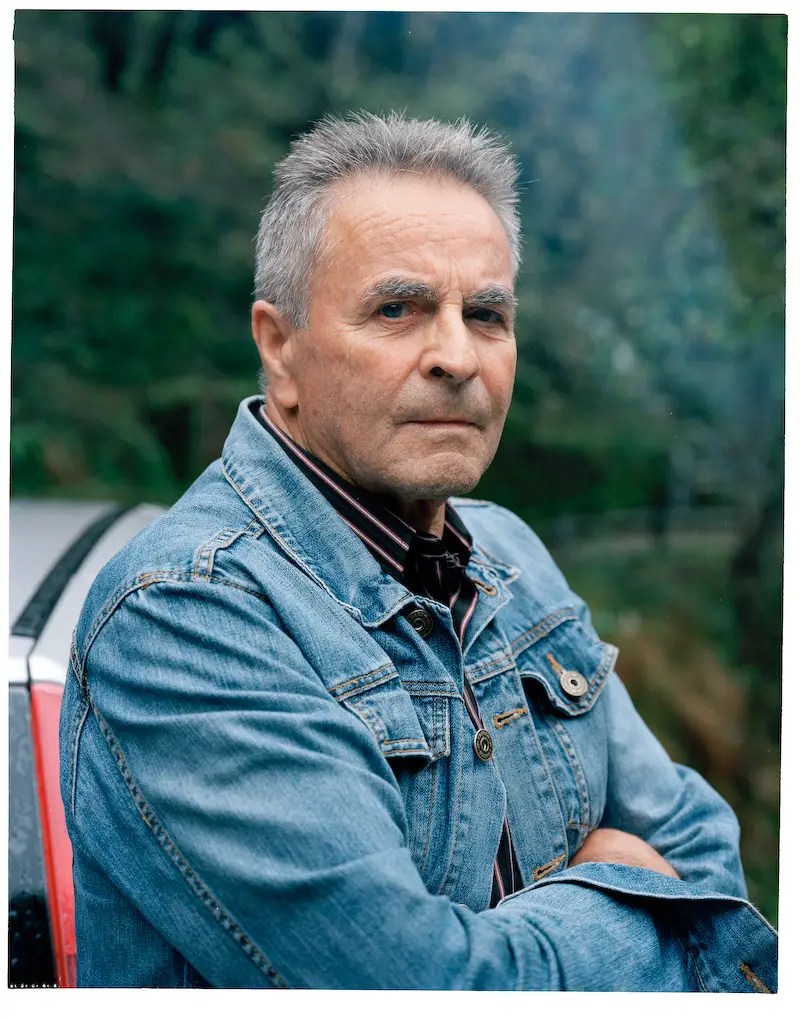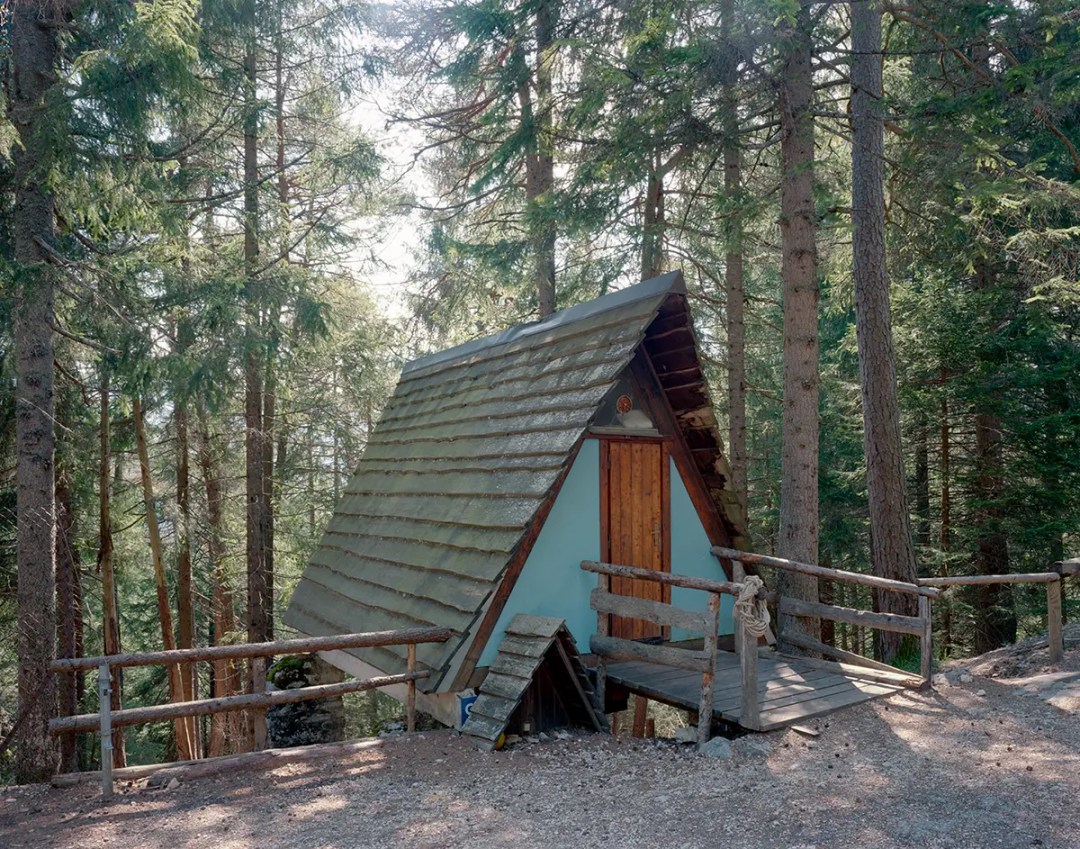Today’s photographer spotlight takes us to northern Italy, where the large format photography of Ettore Moni explores the people who live and work in that region. His projects include studies of landscapes ranging from the Po River to the Italian Alps, and the many ways that the people and land shape each other.
His most recent work, entitled “An Empty Valley” explores the people and history of the region near the city of Carrara in the Apuan Alps famous for its rock quarries. The project explores these quarries and the people that use them to make a living. “On one side this tough nature hardly allows space for man-made constructions,” he says about the region. “Yet on the other side it lets quarriers reach its very heart with their apparently unnatural lengthwise cuts.”
Even though the region is heavily impacted by the quarries, it remains a diverse place. “One may also find a shepherd writing poetry, or a quarrier with a university degree; and even meet a hunter who prefers using his legs for trekking to using his rifle for killing, or a sculptor considering his solitude an opportunity,” Moni says.
We wanted to bring you Ettore’s work, and share some of his thoughts with you. He was gracious enough to give us some time. Here’s that conversation.



Who are you, where do you come from and where are you now?
Hi, my name is Ettore Moni. I am Italian and I live in Parma, Emilia-Romagna, located in the northern part of the country.
How and when did you first become interested in photography?
Photography started to enter my life following the death of my father when I was twelve years old. I came into possession of a Pentax and everything started from that point on.
What were the biggest challenges you faced when starting as a photographer?
I think the biggest challenge when you start is to understand your way, and this only happens with living life and being interested in everything.
What about photography do you find most interesting or meaningful?
There are photographs that are interesting but they don’t strike you, they don’t show you anything new, they don’t open up new visions or ideas. There are others that instead strike you, and from there you see things in other ways. Photography can change you.
How did you get yourself through that phase?
I went through the period shooting everything and everyone with a 35mm camera. I had no idea what I was doing, I was just shooting. I was not interested in anything specific, I was shooting just to remember what I saw.



What are some of your current projects?
My latest project has been a research on contemporary churches in northern Italy. It was due to come out this April but has been postponed until September because of the Covid-19 crisis. It will be released in September along with a book featuring seventy images. I have other projects in mind and that I wanted to start this summer but unfortunately everything is at a standstill at the moment. I prefer not to talk about it in detail, but they will always be projects on the territory and Italy.
What are some of the biggest challenges you face with your work?
Sometimes, especially here in Italy, there can be difficulty having authorization to photograph and letting people understand what you are doing. In some locations there is very little photographic culture and many times people are afraid that your photographs will be used for purposes that are not purely artistic.
What photo are you most proud of and what was the process in creating it?
The photos all have their own story and I am fond of them all. Perhaps the one I like most is the photo of the interior of a quarry in my project “An Empty Valley.” Shooting it was a unique experience that changed my perception of quarryman and the work that they do. I came away from the experience with friendships. In order to do it, however, it was necessary to spend months in the quarries and become friends with everyone. This was a great life experience and the photo itself was only a moment of a long period lived on the site.




If you had to introduce someone to photography using one photographer as an example, who would you choose?
I would use more than one, I don’t think there is a single photographer capable of having all the right keys, but surely I would start with the well-known names of American photography without forgetting Germany, etc.
What photographers are you currently following?
Years ago I would have said Alec Soth and Joel Sternfield. But now it’s more difficult. I collect photo books and follow everything that inspires me and somehow opens up new visions for me, including the work of Geert Goiris, Yann Gross, Pablo Cabado and Felipe Russo.
What equipment do you most enjoy using? Does your choice of camera impact the way in which you work? (Camera, film, lenses, etc.)
I only work in the 4×5 and 8×10 formats, and of course on tripods. I use an Italian 4×5 camera that was handbuilt in Tuscany and an 8×10 Chamonix, and I also own a Toyo.
What are the biggest challenges photographers face in 2020?
For analog photography, speed is always a huge challenge, especially with large format photography. But I think this type of photography makes up for the lack of speed with quality and the study of the subject.
See more of Ettore’s work on his website and Instagram.
If you are or know of a photographer you’d like us to interview, please reach out via email to contact@fstopcameras.com.



“I think the biggest challenge when you start is to understand your way, and this only happens with living life and being interested in everything.” This really hit me.